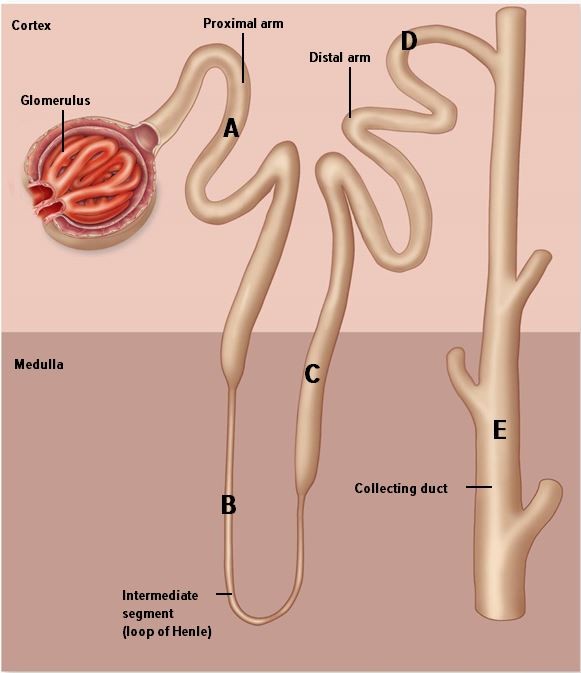How does DNA copy itself?
Ans:
DNA doesn’t copy itself. It needs an enzyme called DNA polymerase to do it. This, as the linked article describes it, unzips the double helix and then attaches a complementary set of bases to each half, thus creating two molecules where there was only one.
DNA is used only on relatively complex cells that have a lot of “machinery” that makes them function, and the DNA copying machine is one of those specialised mechanisms. Earlier cells probably used RNA, and some RNA can, in certain circumstances, catalyse its own copying, acting as its own polymerase.
You might also like to view...
In humans, body size, muscle mass, and patterns of fat distribution are types of ____ sex characteristics
a. primary b. secondary c. tertiary d. initial e. mutable
Which statement is not part of the first law of thermodynamics?
A. Any energy transformation loses some energy to its surroundings as heat. B. The amount of energy in the universe is constant. C. Energy cannot be created or destroyed. D. Energy can be converted to other forms of energy. E. None of the answer choices is correct.
How do fossils support the theory of common descent?
A) They are a record of some intermediate types of organisms that document the process of evolution. B) They can be easily and precisely dated by comparing the rock layers where they are found. C) They are found equally all over the world, so they explain all our questions about biogeography. D) They contain complete DNA genomes, so they can be compared to modern organisms.
 Refer to the figure. What is the most likely concentration of the fluid in region E during moderate-volume urine production?
Refer to the figure. What is the most likely concentration of the fluid in region E during moderate-volume urine production?
A. 1400 mOsm B. 700 mOsm C. 75 mOsm D. 300 mOsm E. 5 mOsm